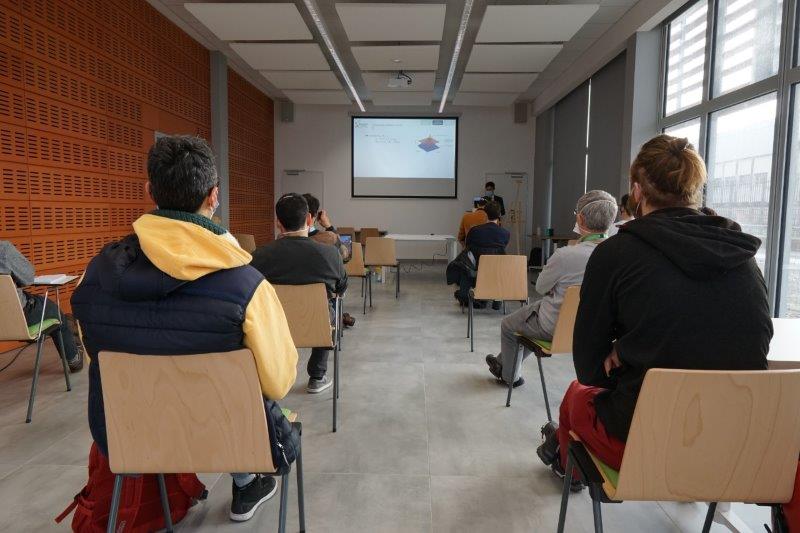PhD Pascal TORWELLE: “Development of a HVDC grid protection strategy based on hybrid OHL and cable lines”

Abstract
High Voltage Direct Current (HVDC) grids are an auspicious solution for the integration of huge amounts of renewable energy. However, the great potential of wind energy is located offshore which implies that energy is produced in remote areas far from metropolitan regions. The construction of HVDC networks offers great opportunities in order to avoid congestion in AC transmission networks. Renewable energy sources could be interconnected via a meshed HVDC system, also called supergrid. However, the protection of such HVDC grids is still a challenging field of research. The fault current in meshed HVDC grids reaches several tens of kilo amperes and has no zero crossing points compared to AC grids. Fast DC Circuit Breakers (DCCB) are required in order to interrupt the fault current. Another challenge is to limit the impact on the AC grid and to ensure its stability during fault clearing of DC faults. Considering a hybrid grid that consists of not only cables but also overhead lines (OHL), new challenges are identified. The most obvious constraint is the high fault probability of OHLs compared to cables which would lead to frequent active power flow interruptions and low avail-ability of the DC grid when applying a non-selective fault clearing strategy (FCS). The objective of this thesis is to identify the major challenges when considering the application of non-selective FCS to hybrid grid structures and to propose solutions. CHAPTER I provides an overview on configurations, components, fault behaviour and protection in Multi-Terminal Direct Current (MTDC) grids. CHAPTER II treats modelling aspects of grid components for DC fault studies. In the last section of this chapter, a semi-analytical fault current calculation method for hybrid grids considering MMC blocking is proposed. The method is further used for the sizing of DC limiting inductors. An analysis on the compliance of non-selective protection strategies with hybrid grids is carried out in CHAPTER III. Based on the identified challenges, a novel protection strategy is proposed in CHAPTER IV. The protection sequences are validated in CHAPTER V. CHAPTER VI treats the auto-reclosing of OHLs in MTDC grids and a novel pre-energisation concept is proposed.
Thesis director
Bertrand Raison (G2Elab)
Thesis co-director
Trung Dung Le (GeePs – Centrale Supélec)


